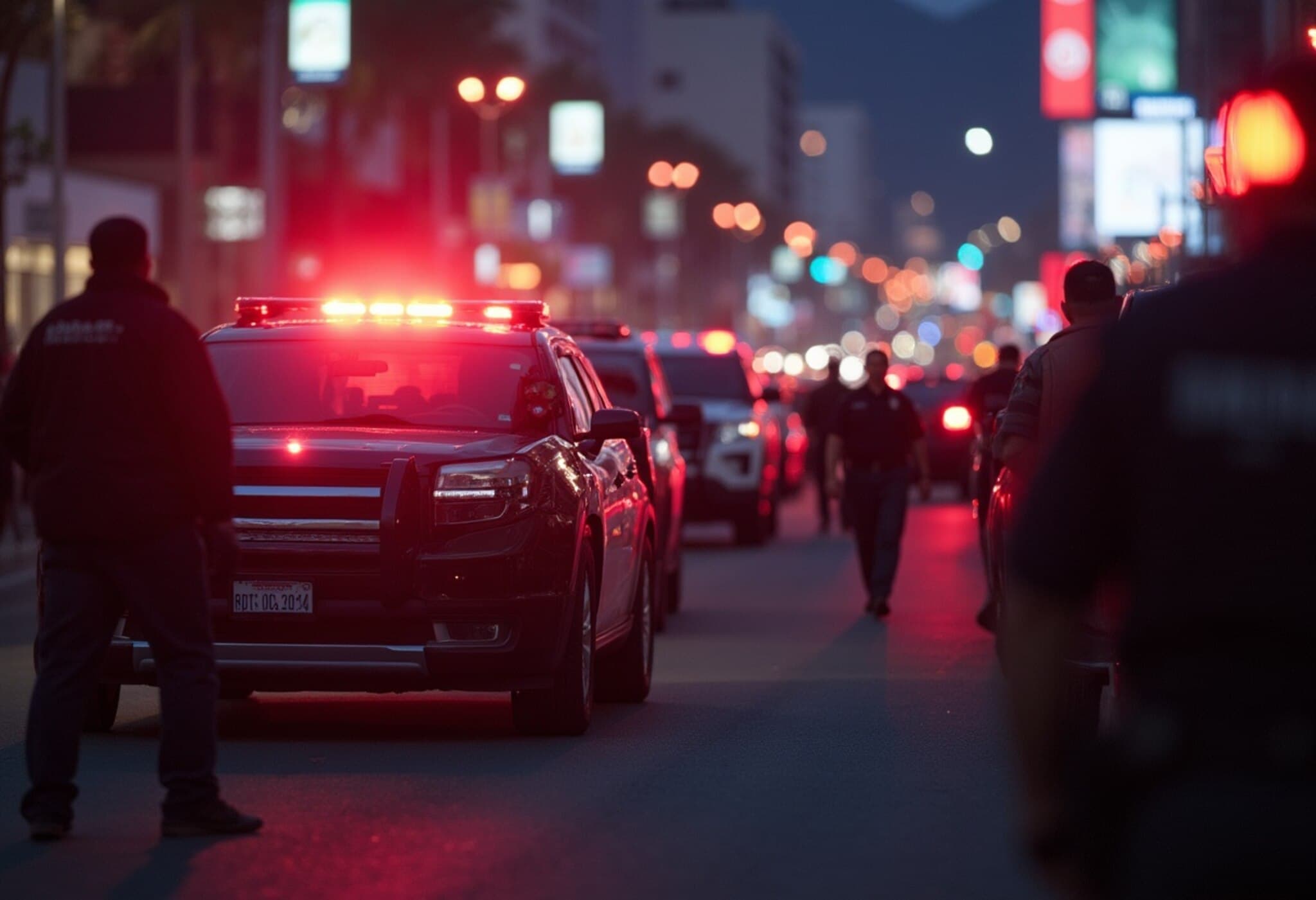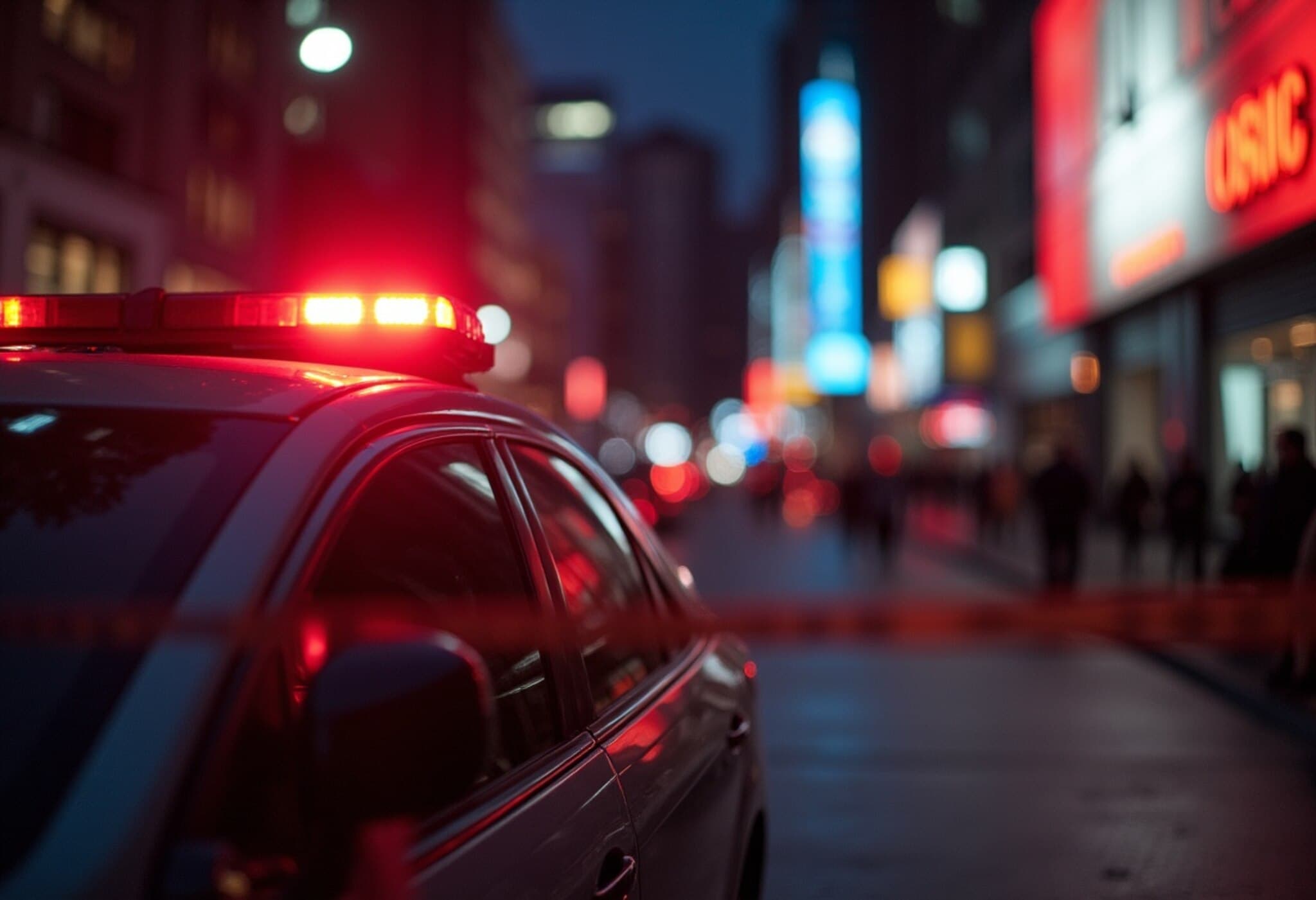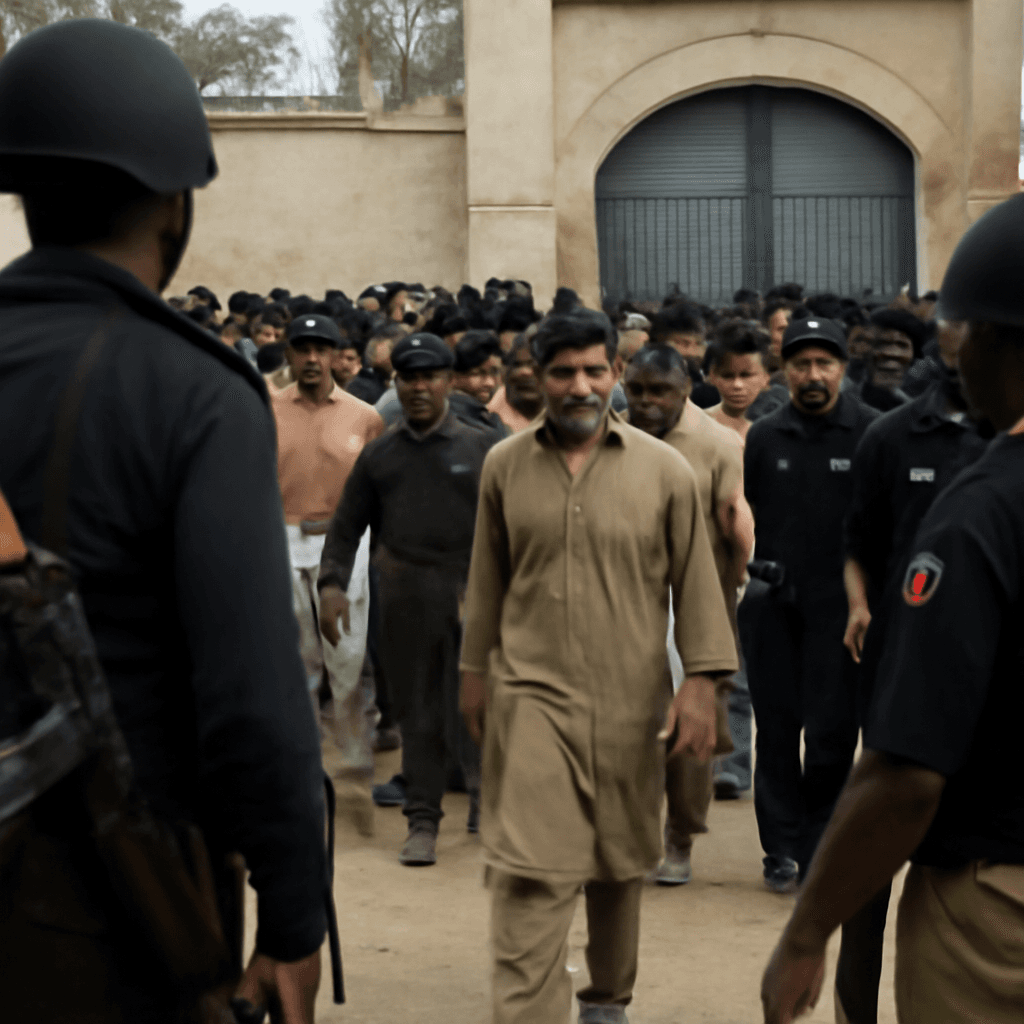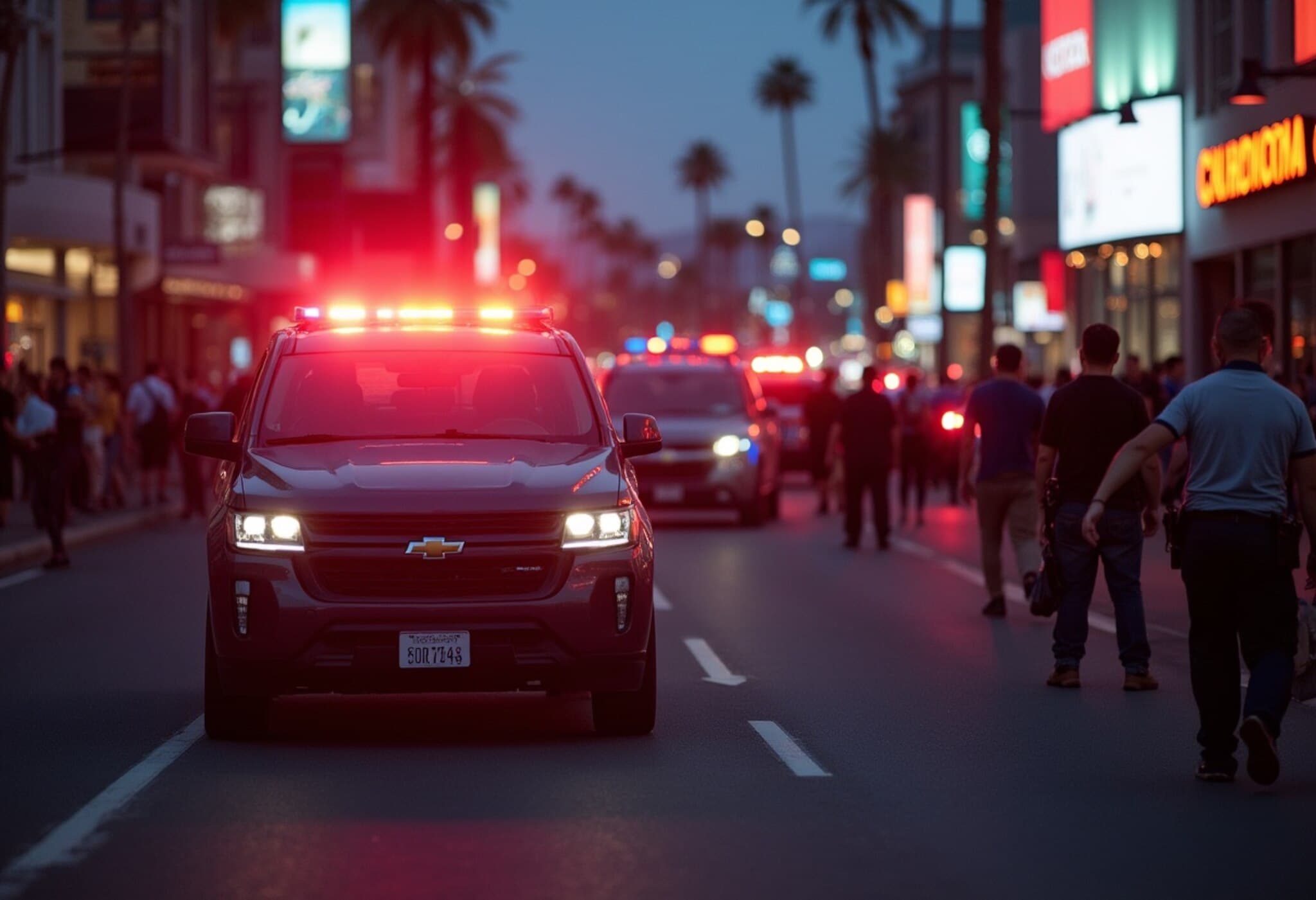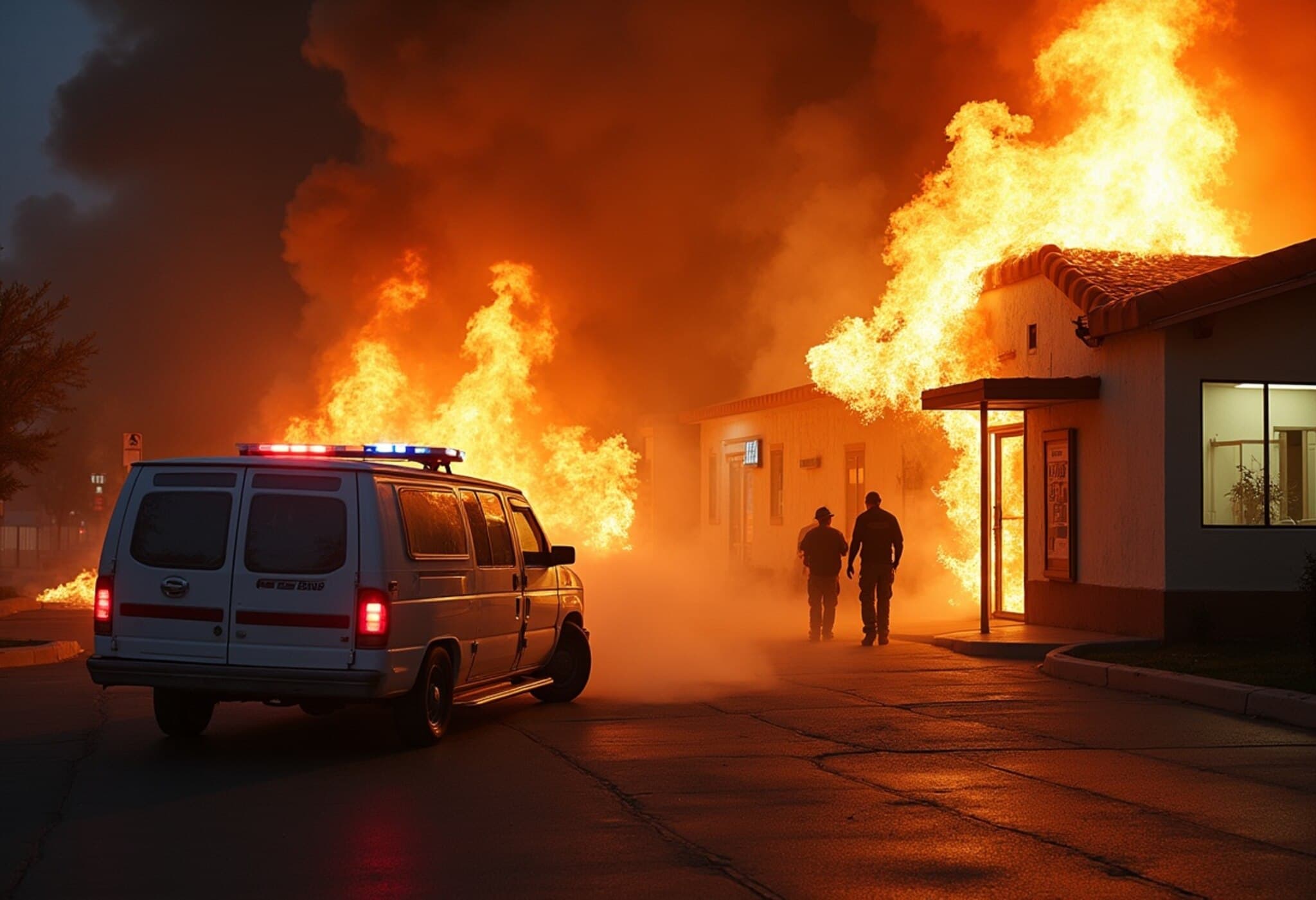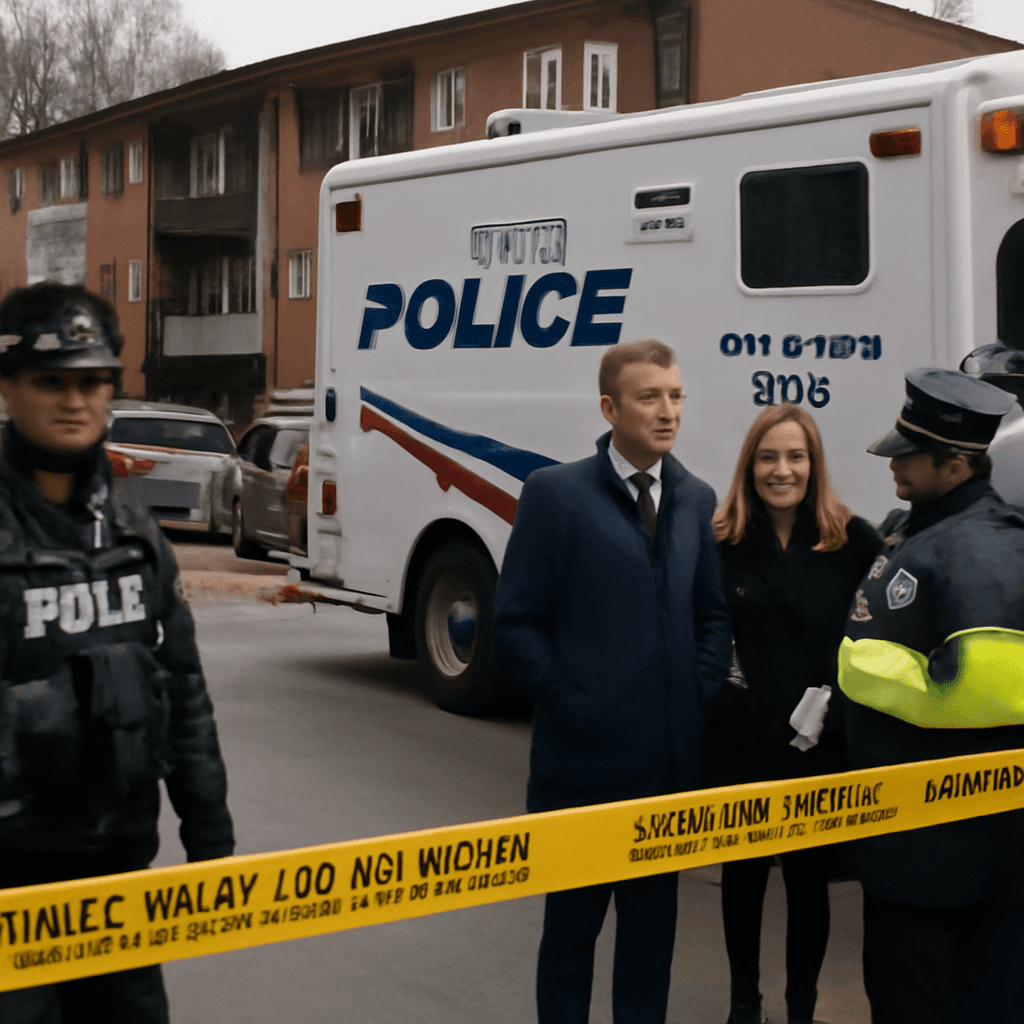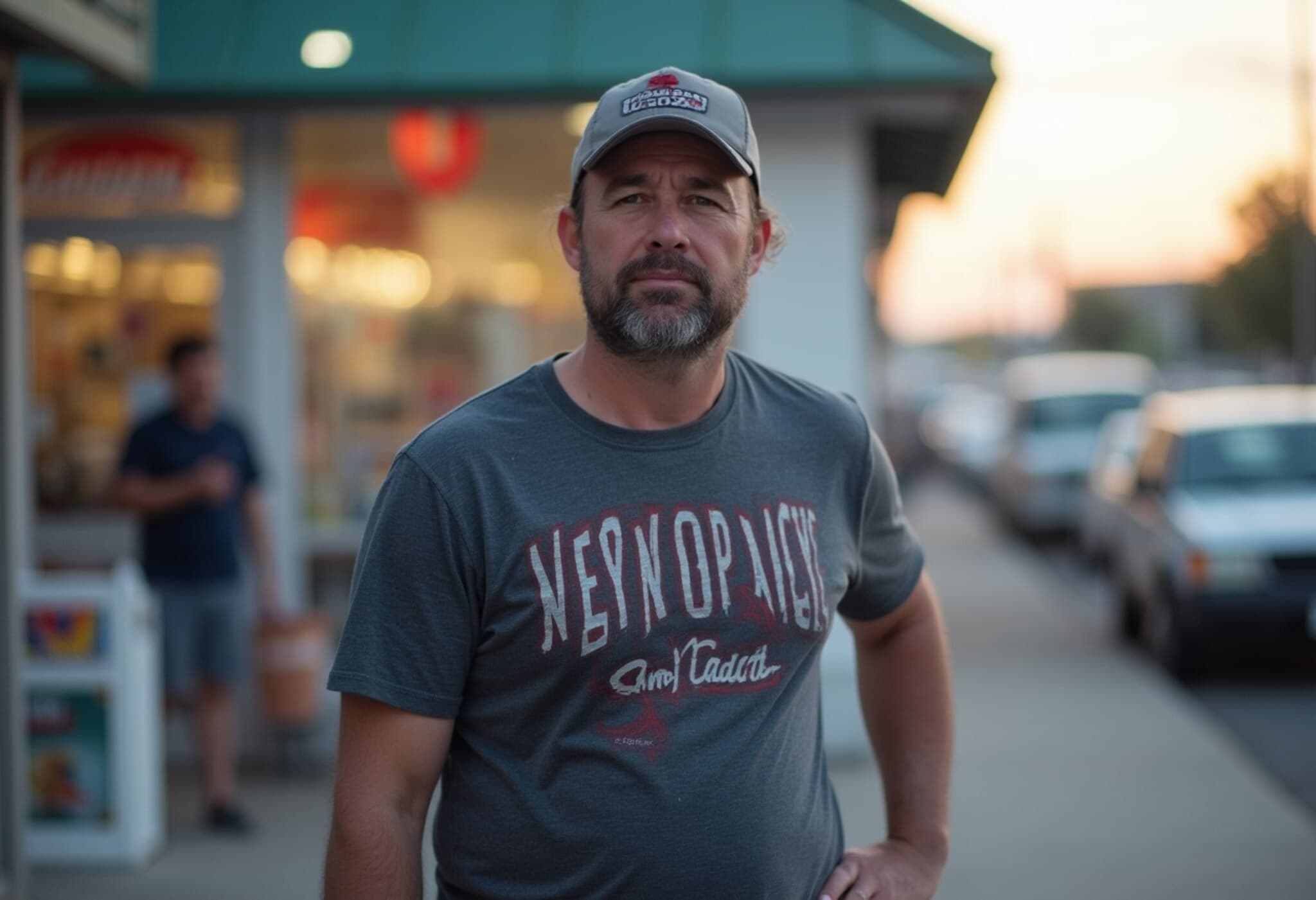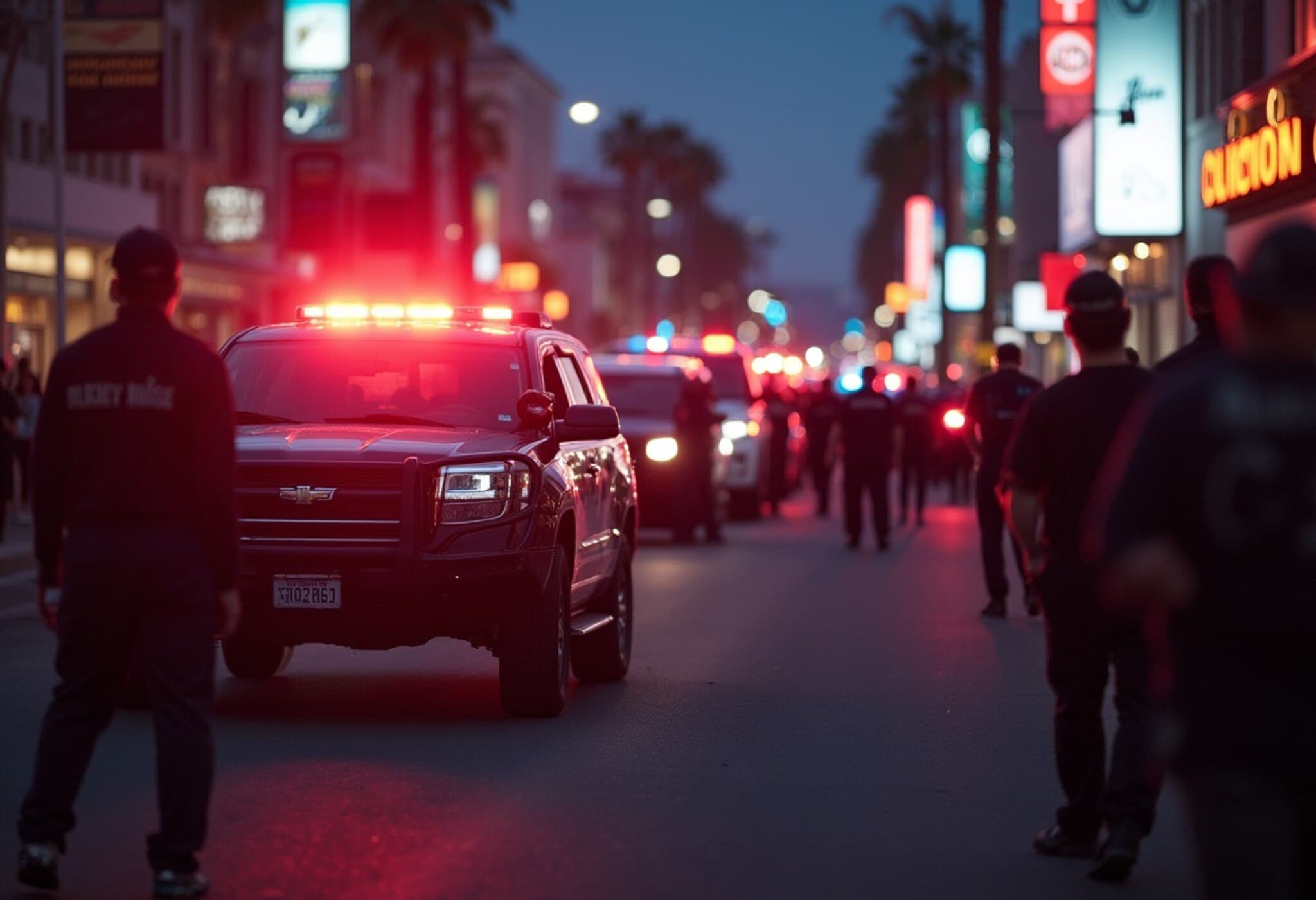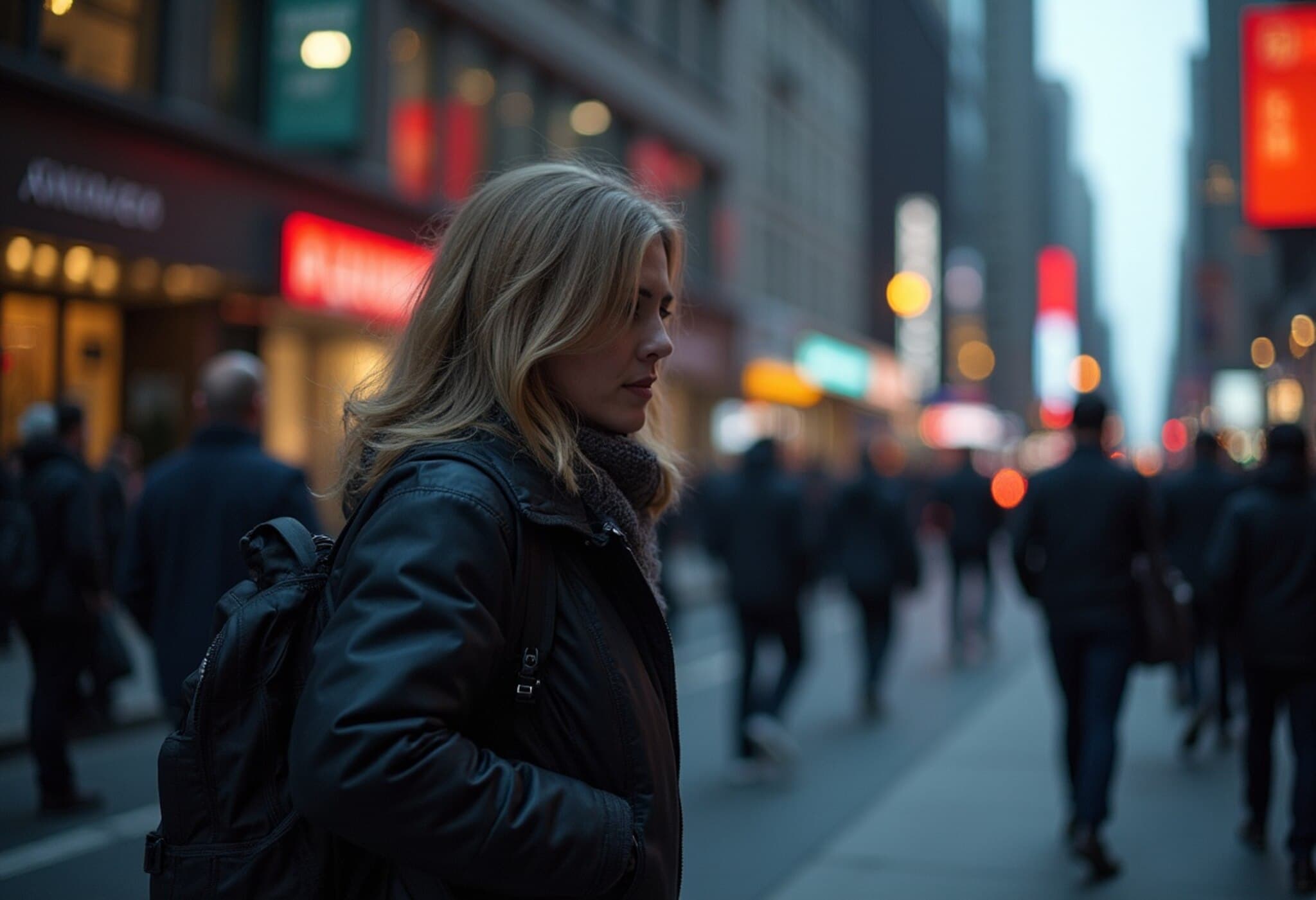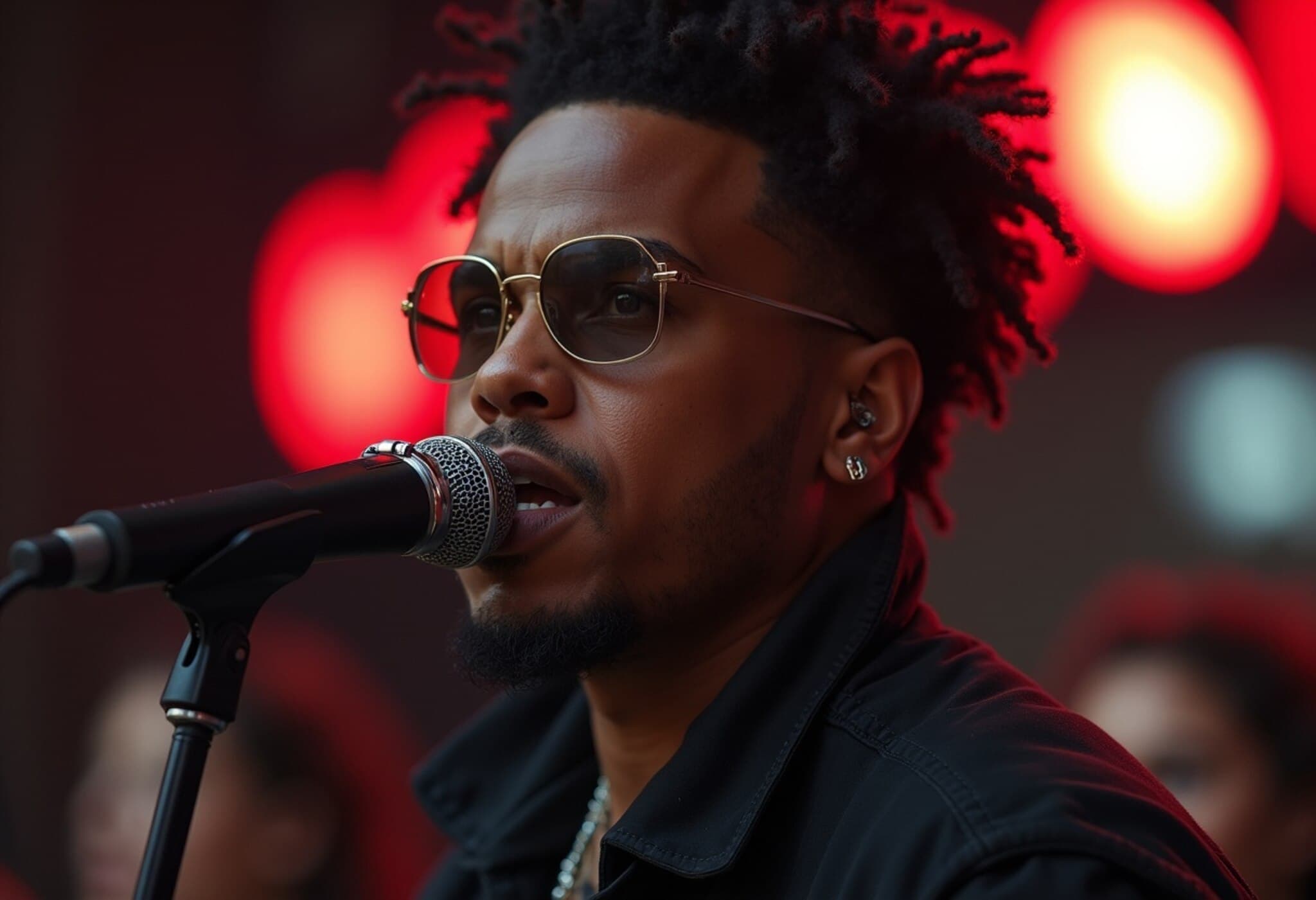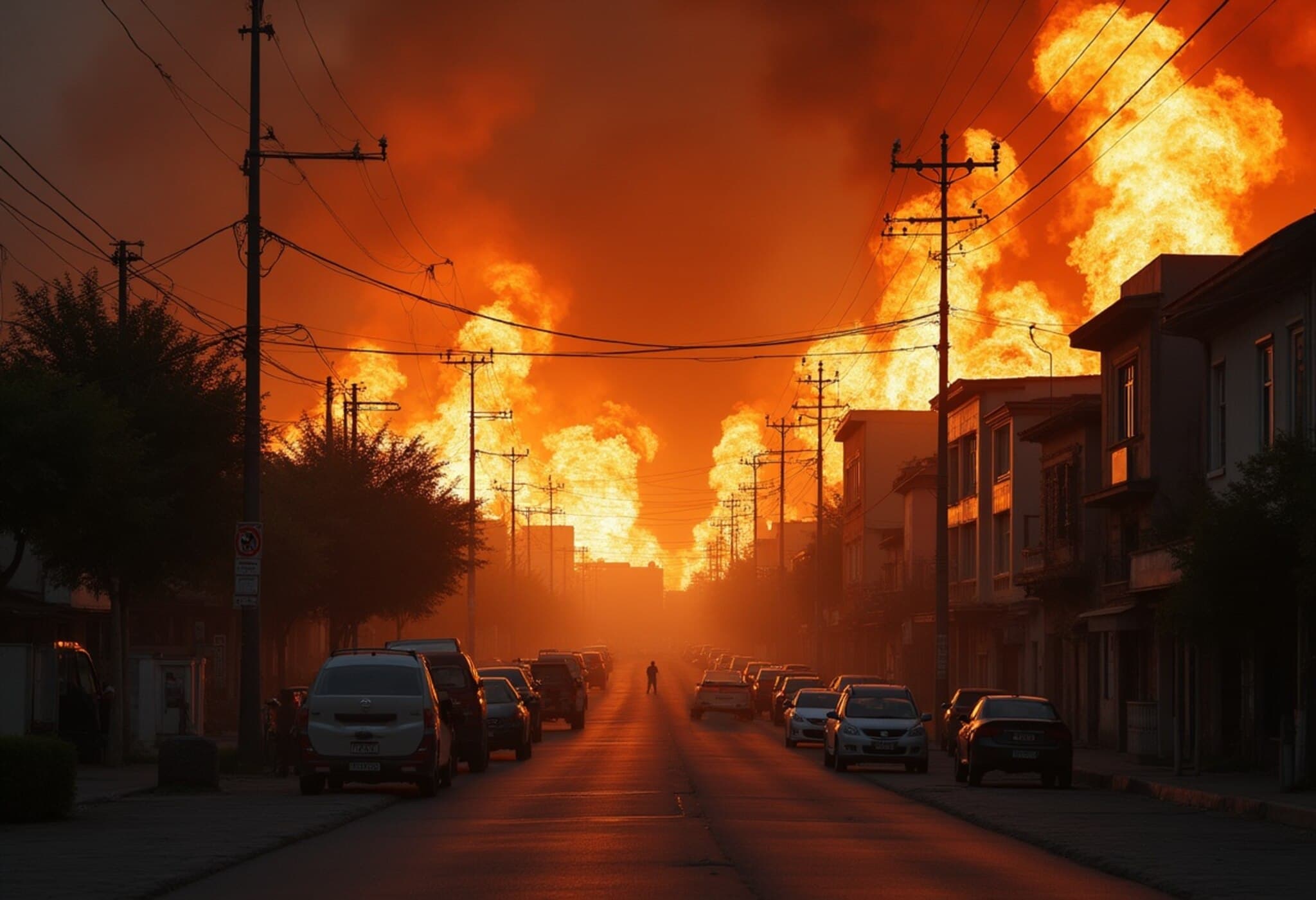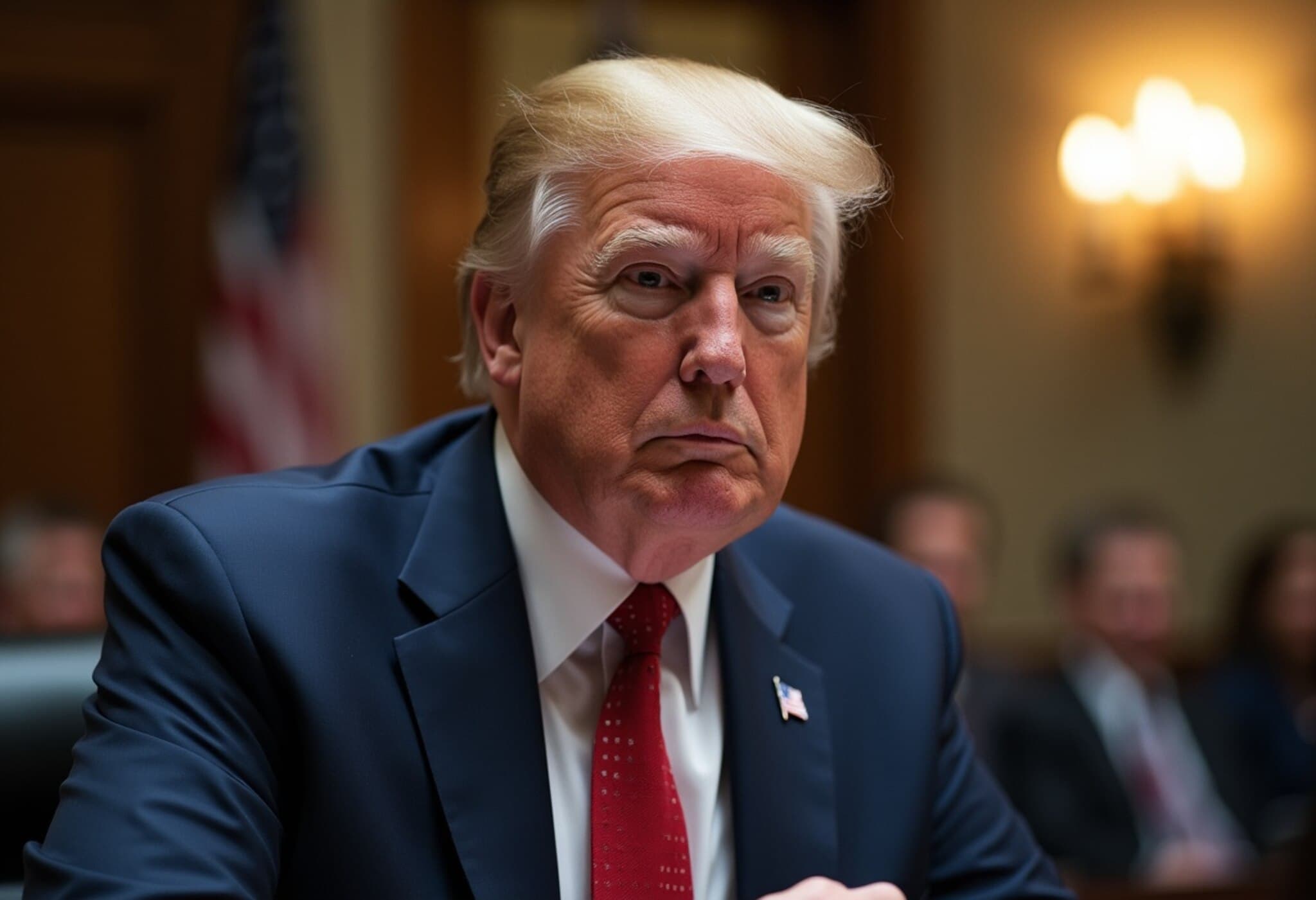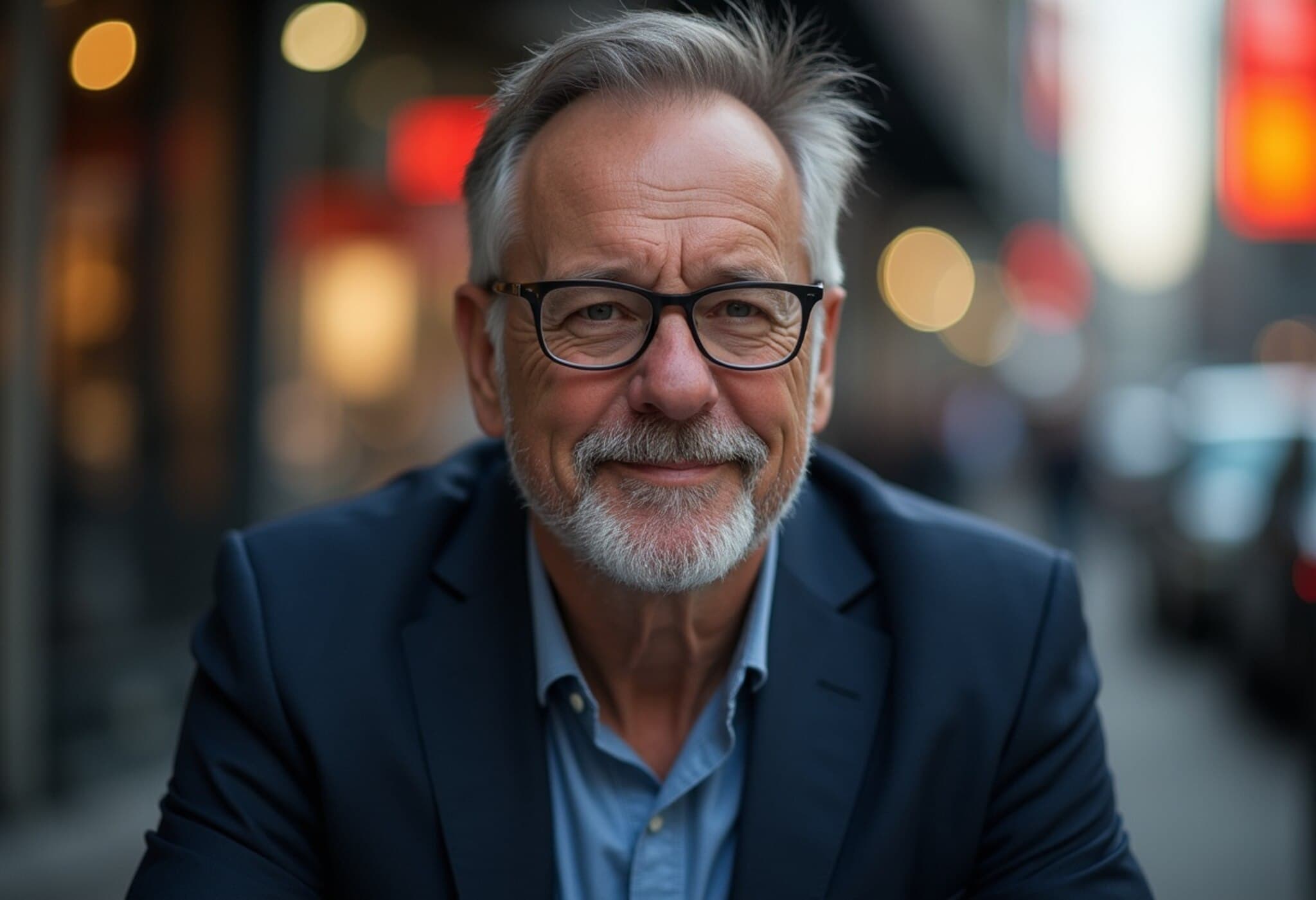At Least 30 Injured After Vehicle Rams Crowd Outside LA Nightclub
In a tragic turn of events early Sunday morning, a driver crashed into a crowd gathered outside a popular Los Angeles nightclub, leaving at least 30 people injured, with seven individuals in critical condition. The incident has sent shockwaves through the local community, raising urgent questions about nightlife safety and urban traffic management.
Incident Overview
The crash occurred outside a bustling nightclub in downtown Los Angeles, where patrons were either waiting to enter or socializing on the street. Witnesses described a chaotic scene as the car suddenly sped into the crowd without warning. Emergency services responded swiftly, transporting the injured to nearby hospitals. Authorities are currently conducting a detailed investigation into the driver’s motives and circumstances leading up to the crash.
Critical Injuries and Emergency Response
Medical teams on-site faced immense pressure managing a large number of casualties. Of the 30 injured, seven remain in critical condition, receiving intensive care. The others suffered a range of injuries, including fractures, lacerations, and bruises, requiring urgent treatment. Hospital officials have praised the quick mobilization of first responders and continue to monitor patient statuses closely.
Community Impact and Safety Concerns
This incident has reignited discussions around public safety in nightlife districts, particularly regarding pedestrian zones and vehicular access during peak hours. Urban safety experts emphasize the need for stronger traffic control measures, such as temporary road closures or barriers, to protect vulnerable crowds. The local community is demanding transparent updates from law enforcement and policymakers to restore a sense of security in public spaces.
Legal and Policy Perspectives
From a legal standpoint, this case will likely involve serious charges if negligence or reckless behavior by the driver is confirmed. Experts note that such incidents highlight systemic challenges in urban design, law enforcement protocols, and emergency preparedness. There is also a growing call for comprehensive policy reforms addressing the intersection of vehicle use and pedestrian-heavy environments in American cities.
Expert Insight: The Bigger Picture
Dr. Maria Thompson, a professor of urban planning and public policy, underscores that incidents like this are preventable with proactive planning. "We must rethink how nightlife areas are managed—balancing vibrant city life with stringent safety frameworks," she explains. "Implementing smart infrastructure, such as bollards and enhanced street lighting, alongside community awareness campaigns, can significantly mitigate risks." Meanwhile, mental health professionals highlight the trauma experienced by survivors and witnesses, advocating for accessible counseling services in the aftermath.
What’s Next?
Investigations are ongoing, and authorities have appealed for witnesses to come forward with any information. Meanwhile, local officials are expected to review safety protocols and possibly introduce new regulations aimed at preventing similar tragedies. The community remains united in mourning and recovery, reflecting the resilience often seen in the face of urban disasters.
Editor's Note
This heartbreaking event calls attention not just to an isolated incident, but to broader societal responsibilities surrounding urban safety. How can cities balance dynamic social scenes with protective measures that do not stifle community life? What role should technology, policy, and public awareness play in safeguarding crowded public spaces? As we continue to track developments, these questions must remain part of the dialogue.

